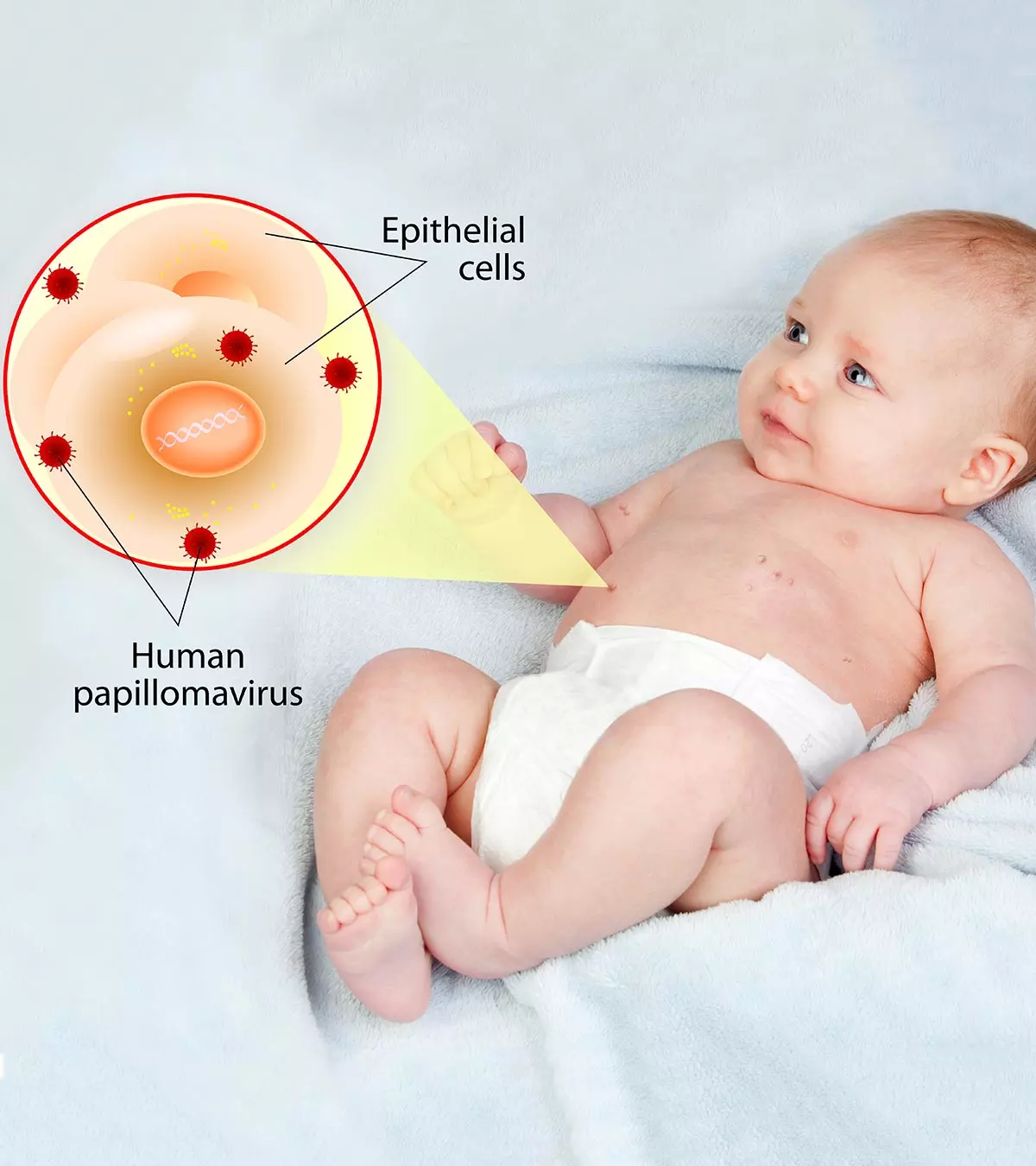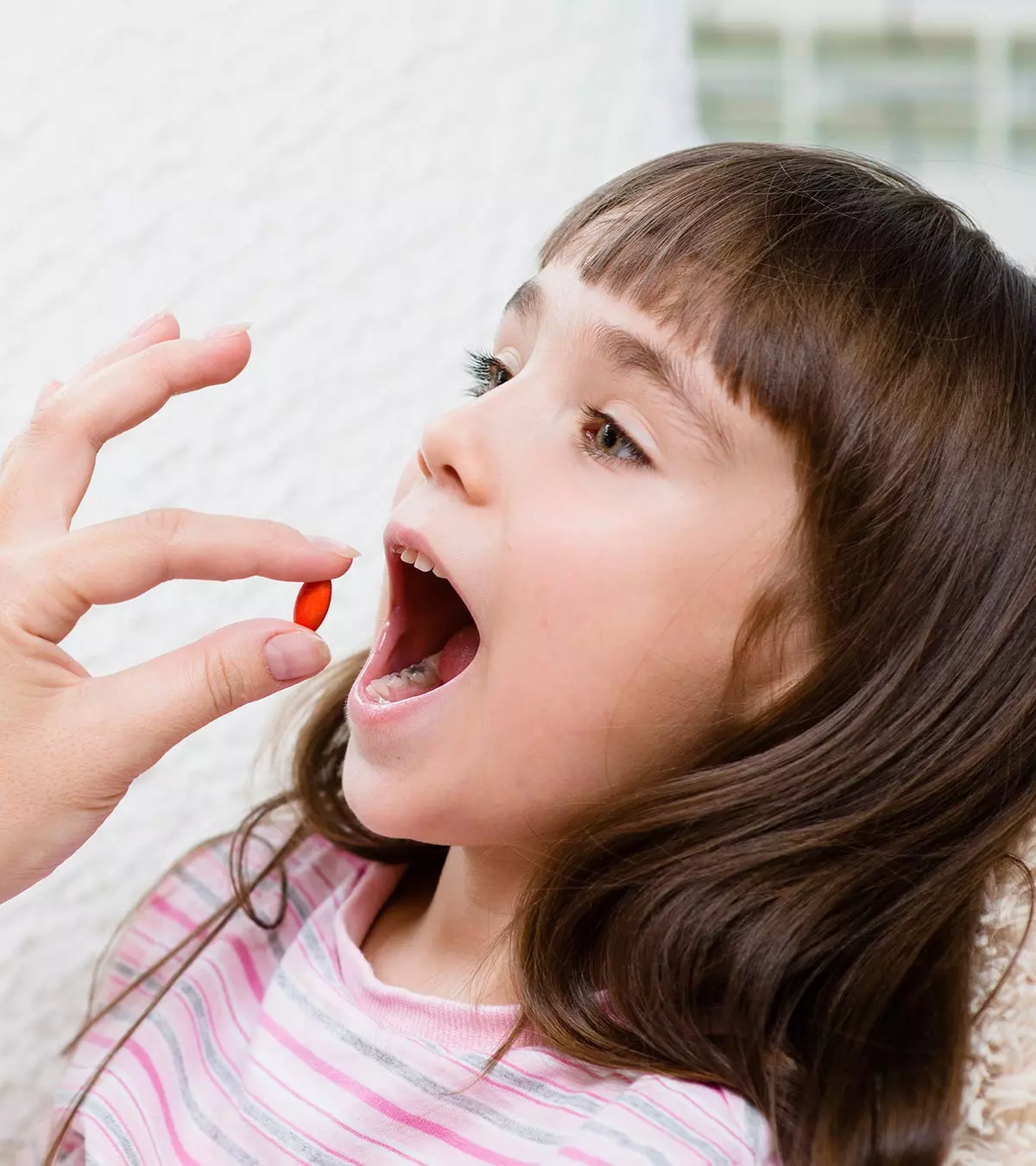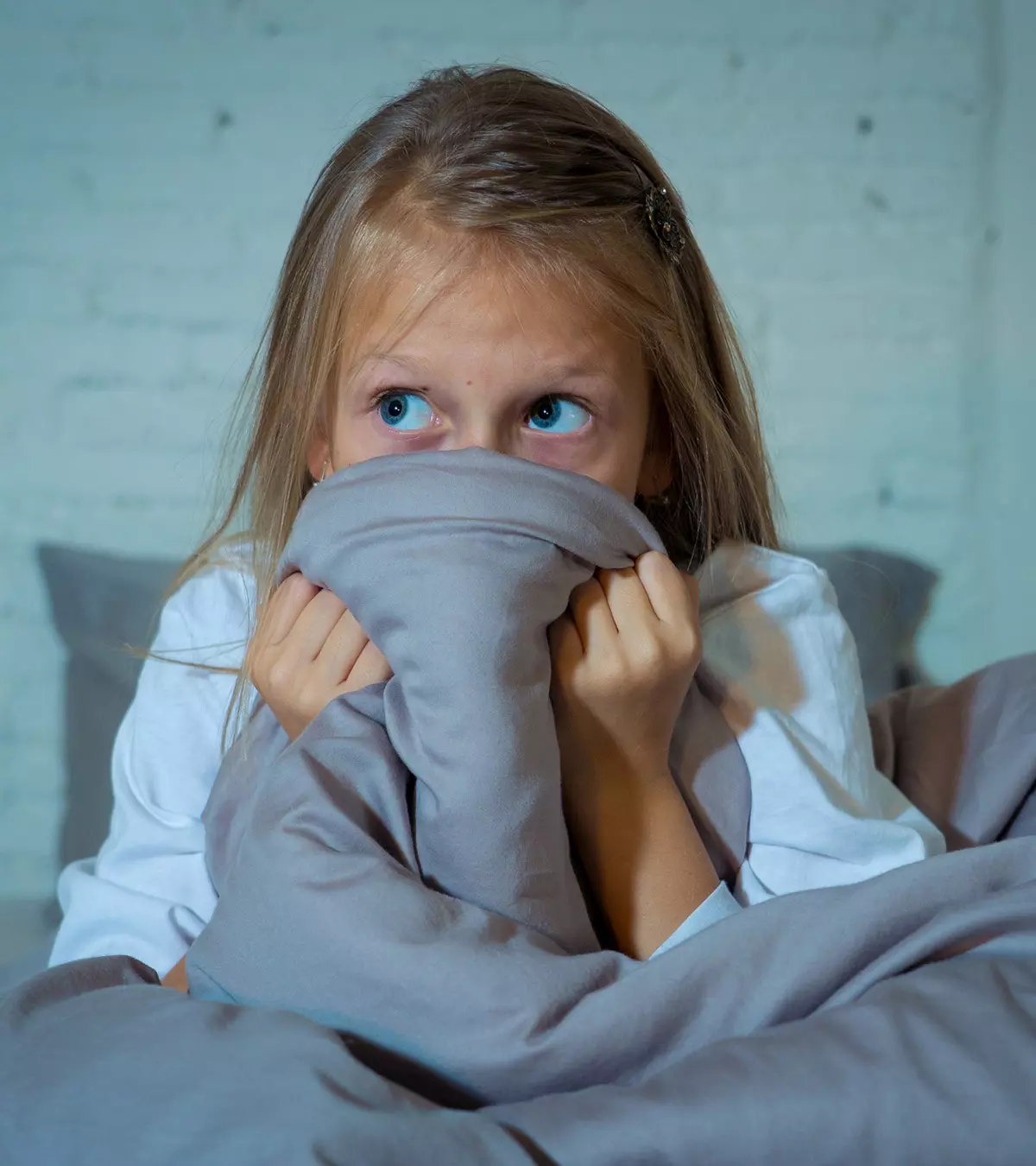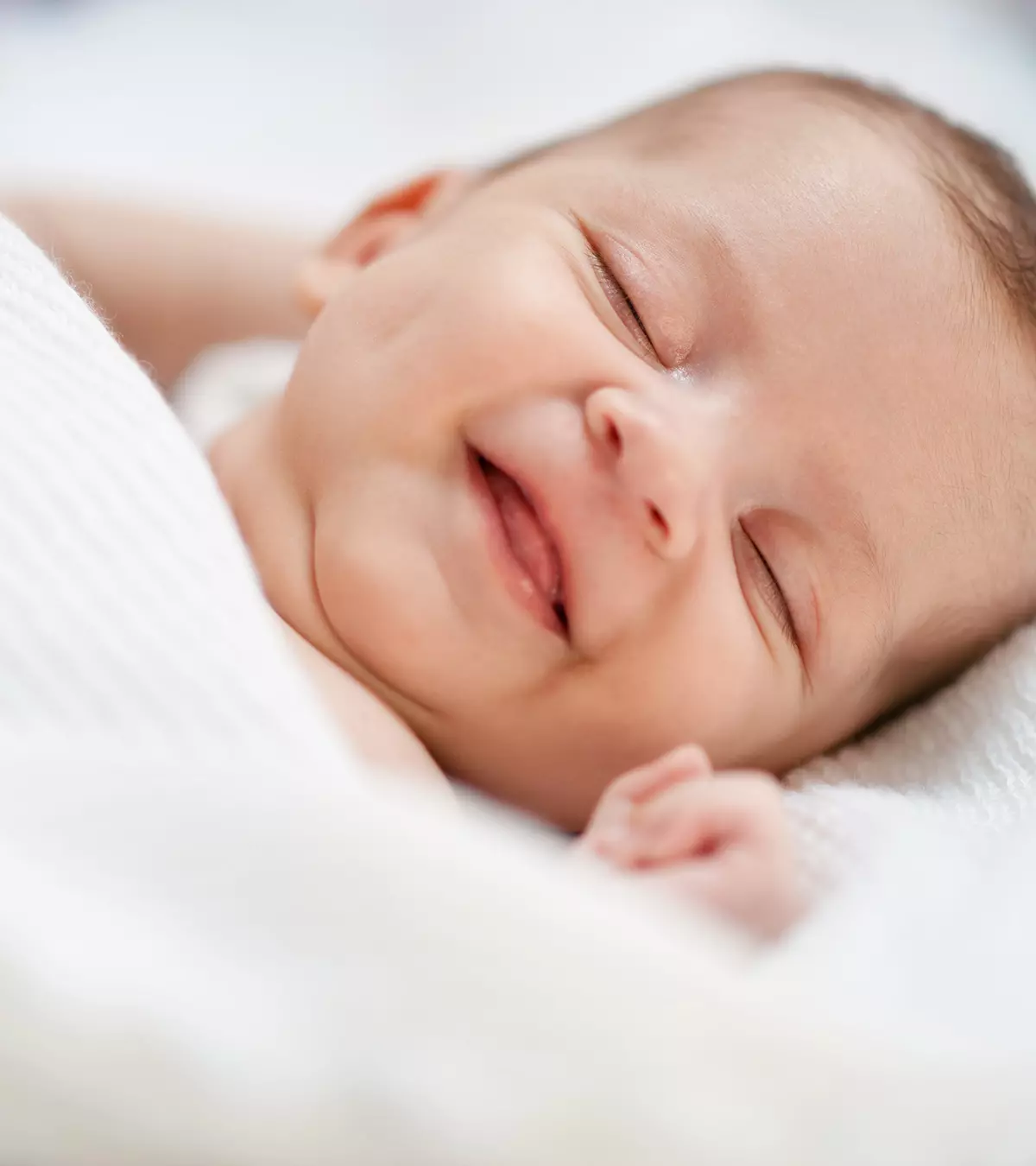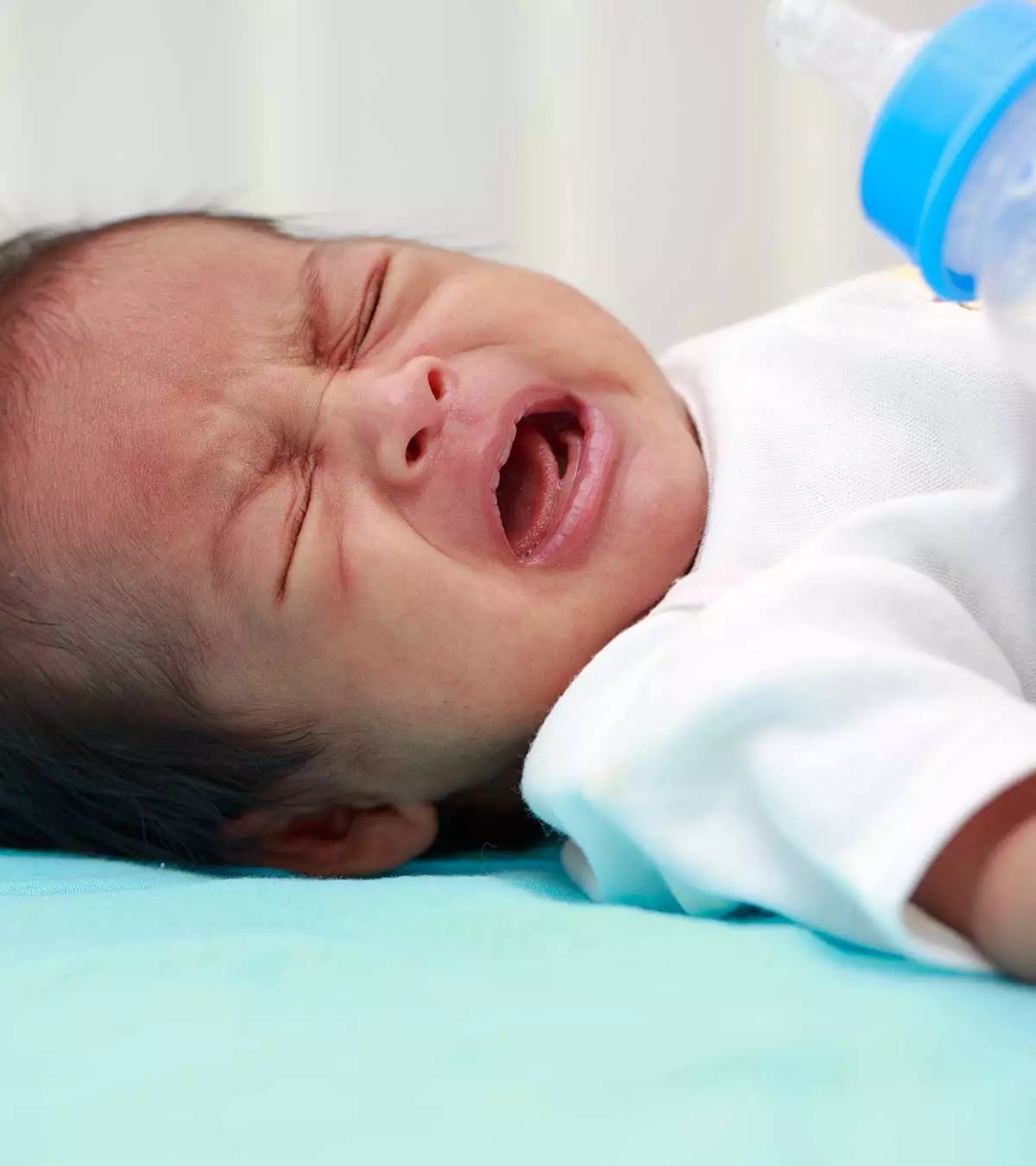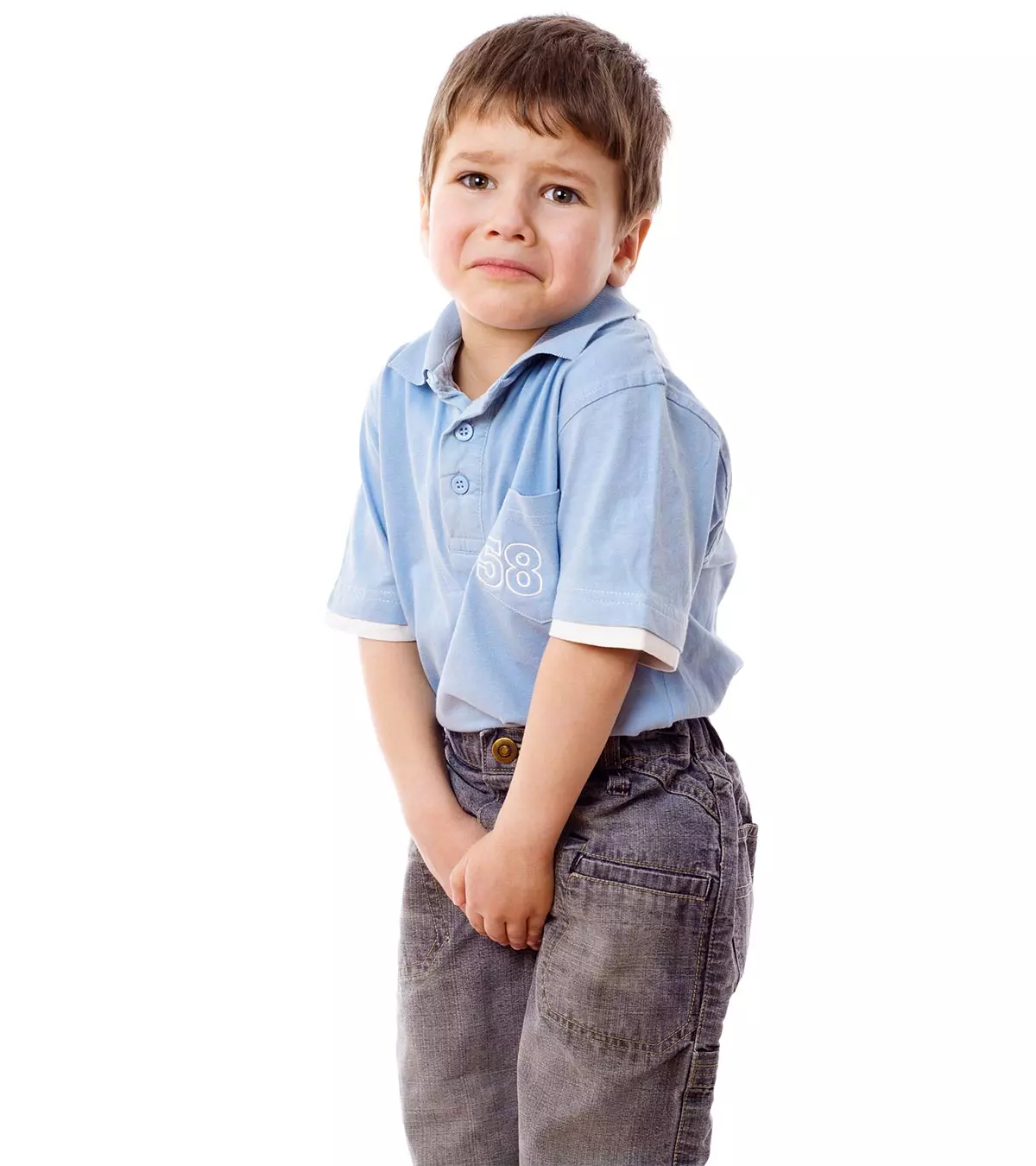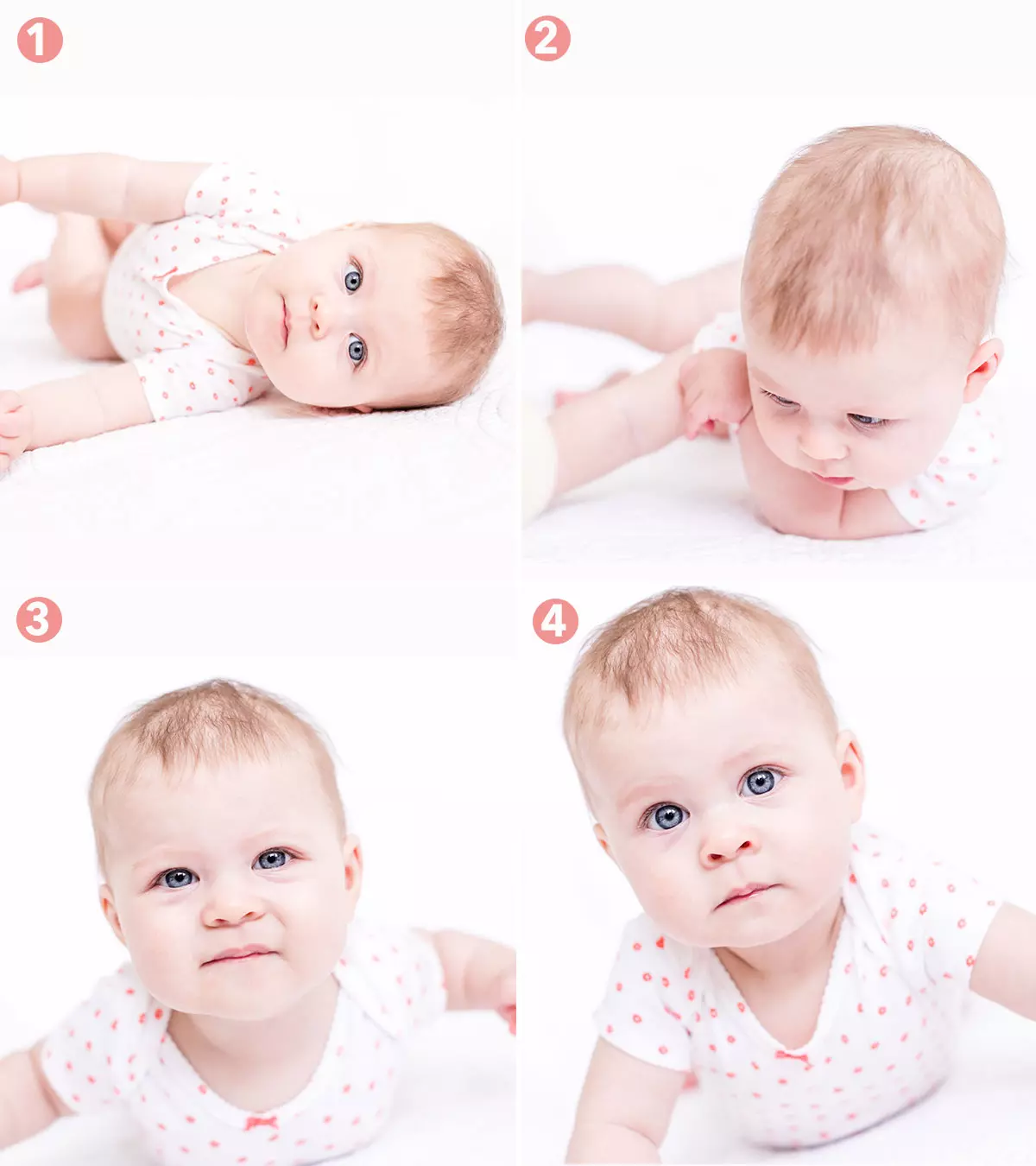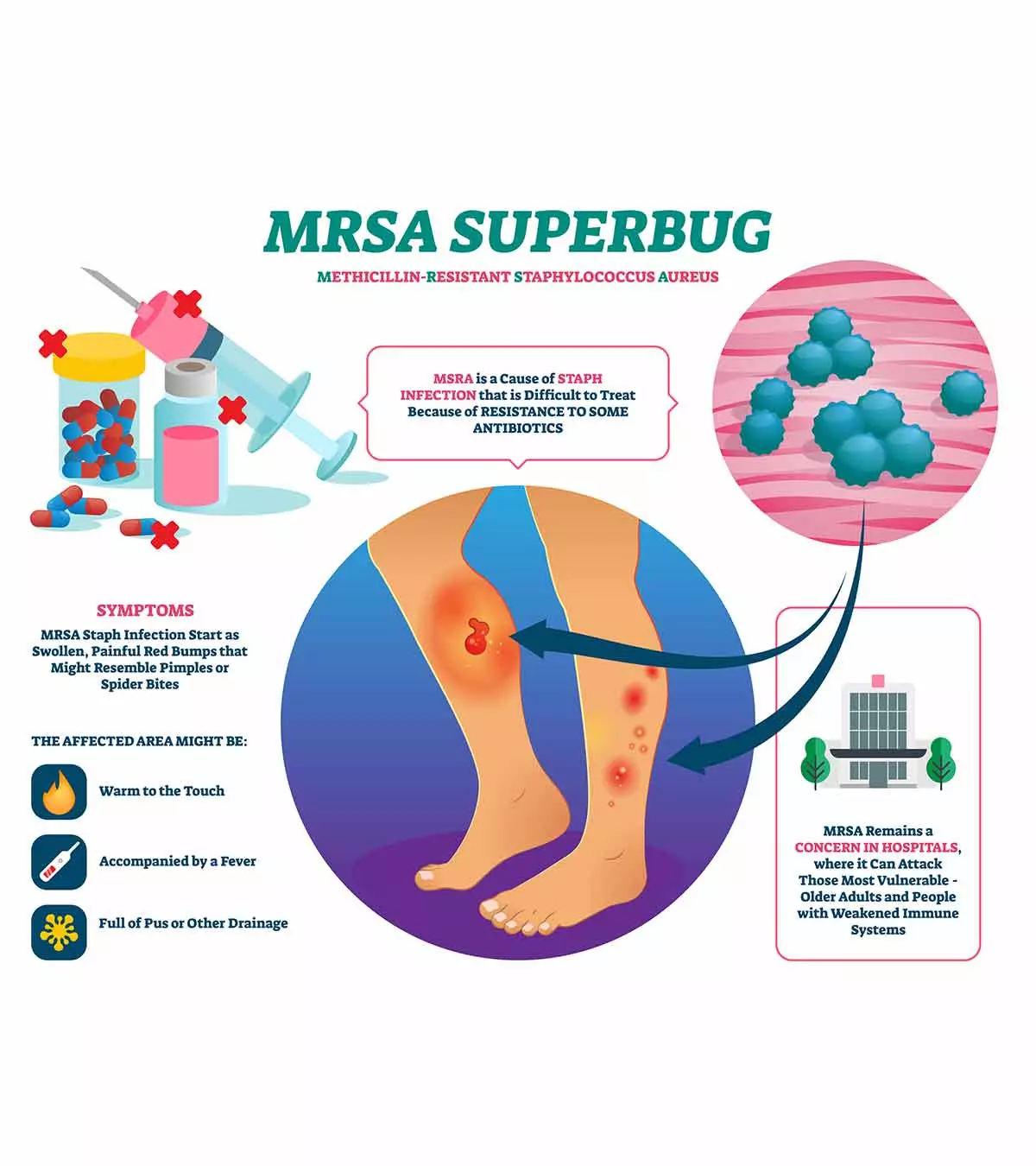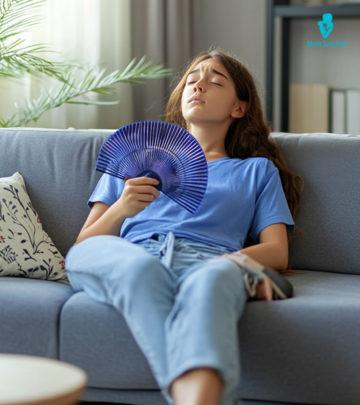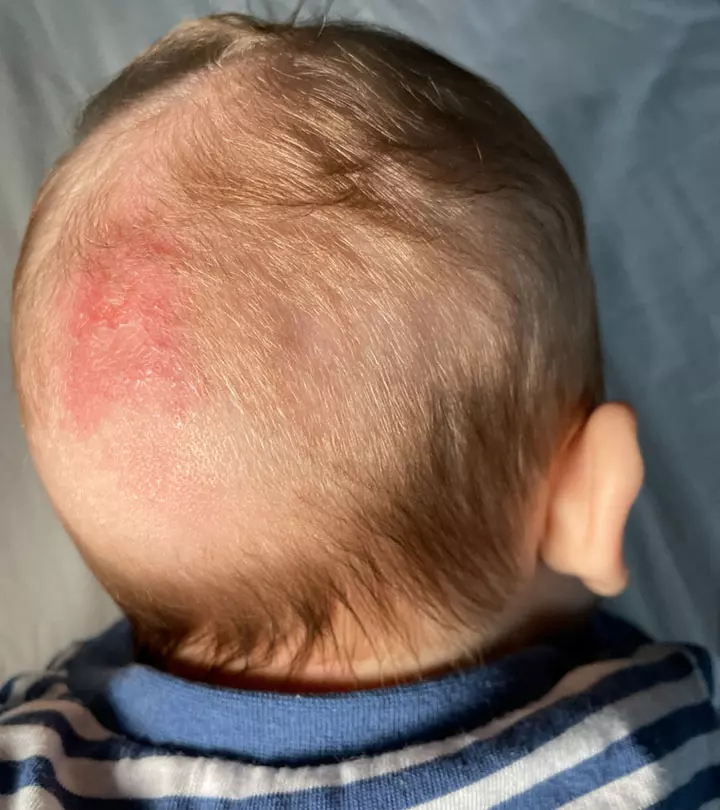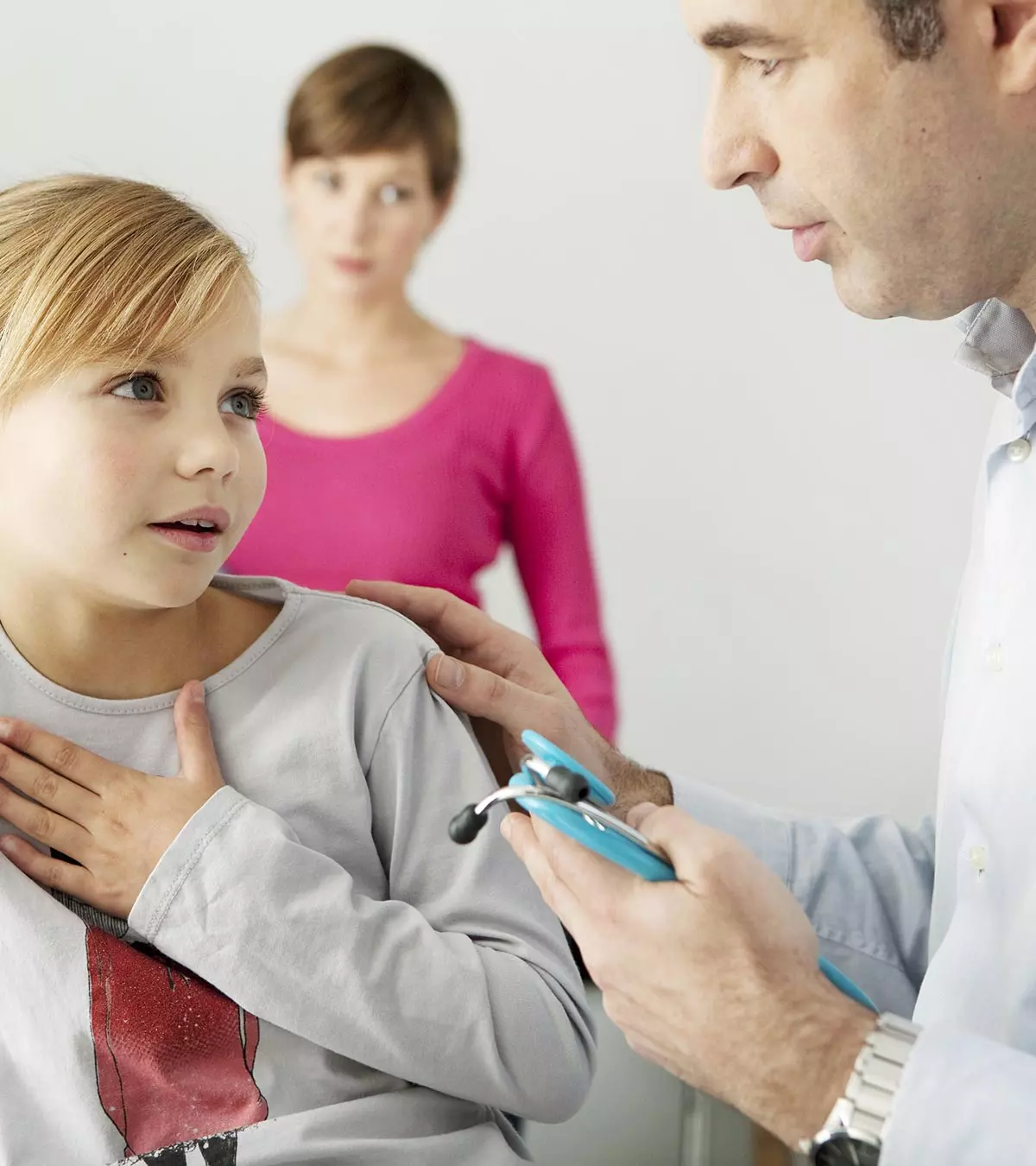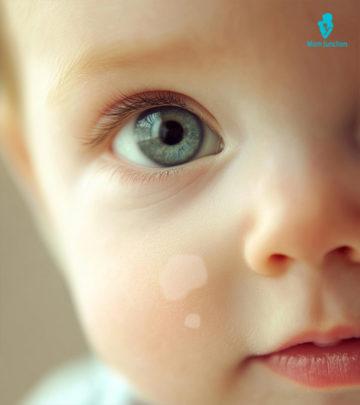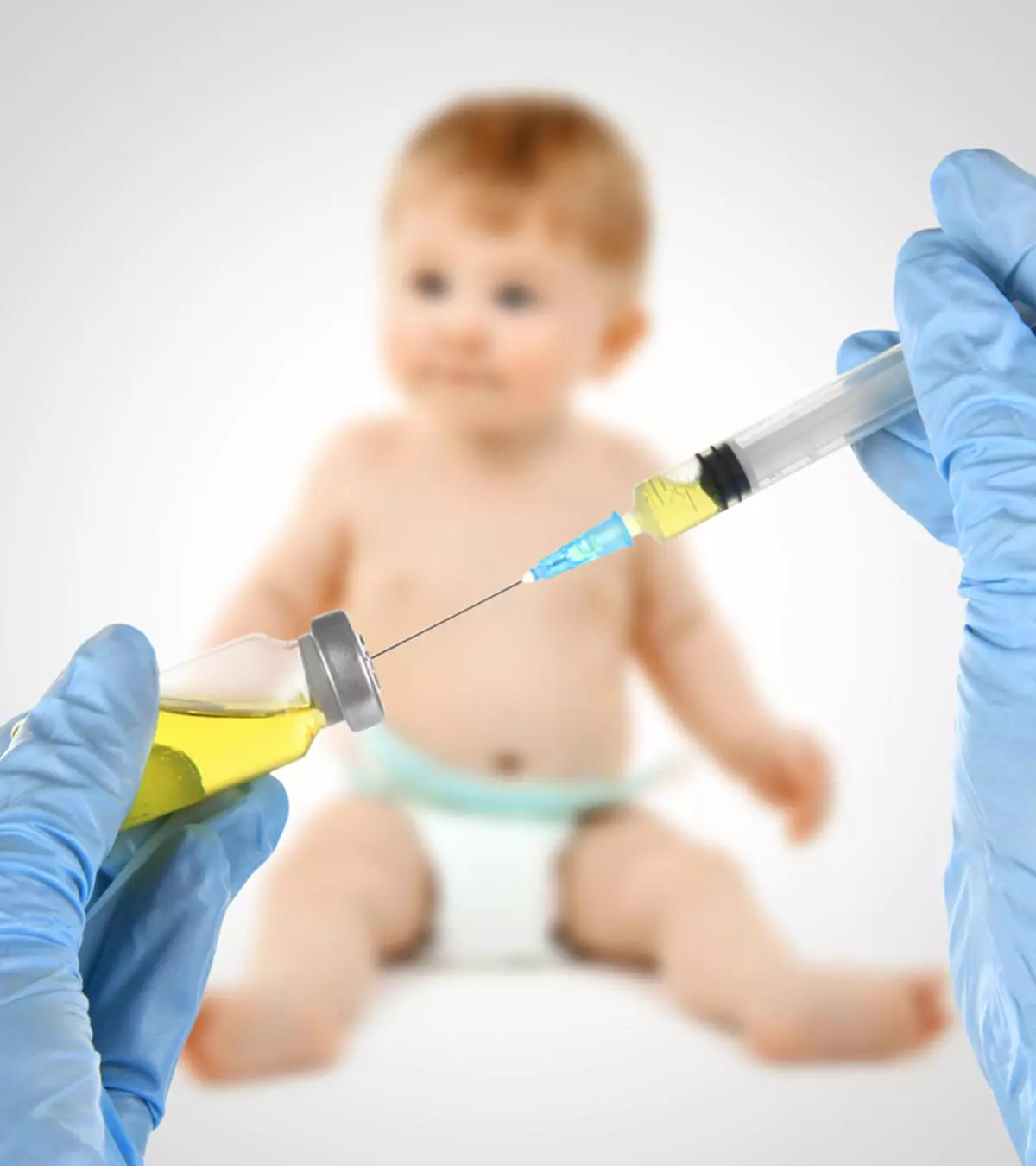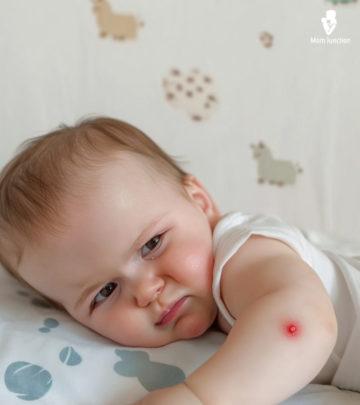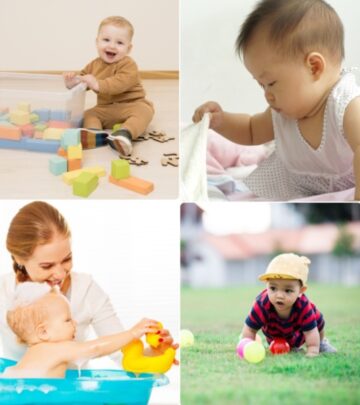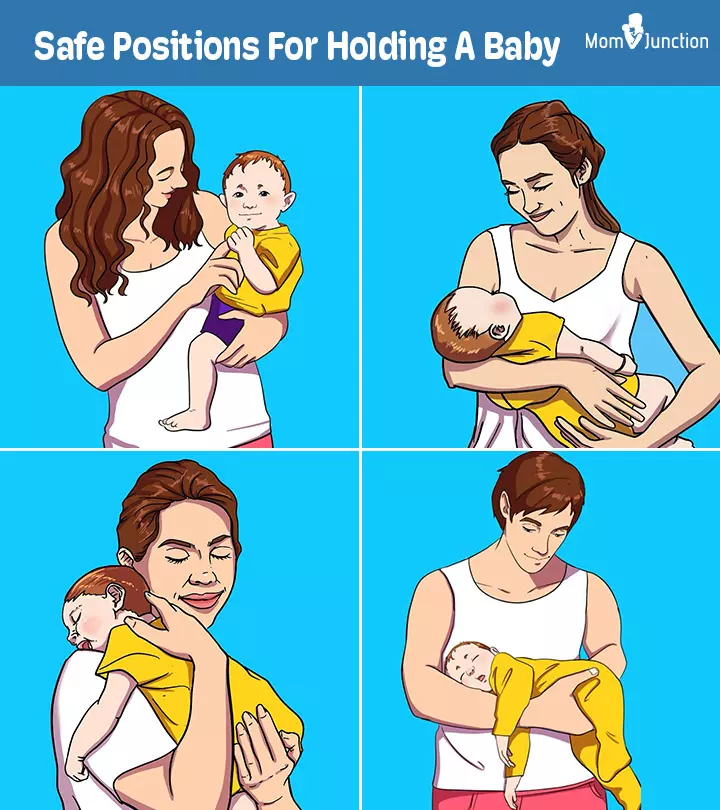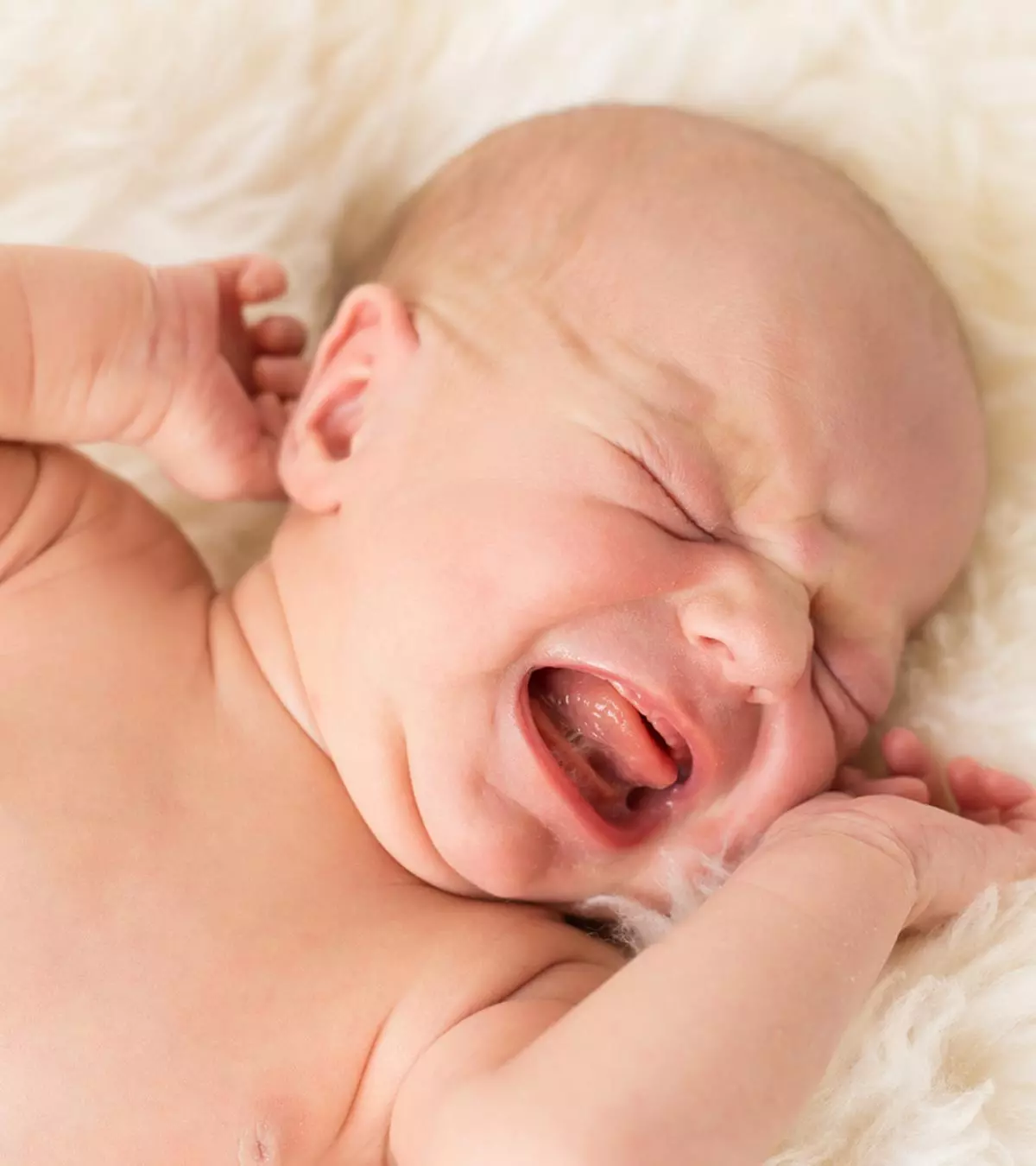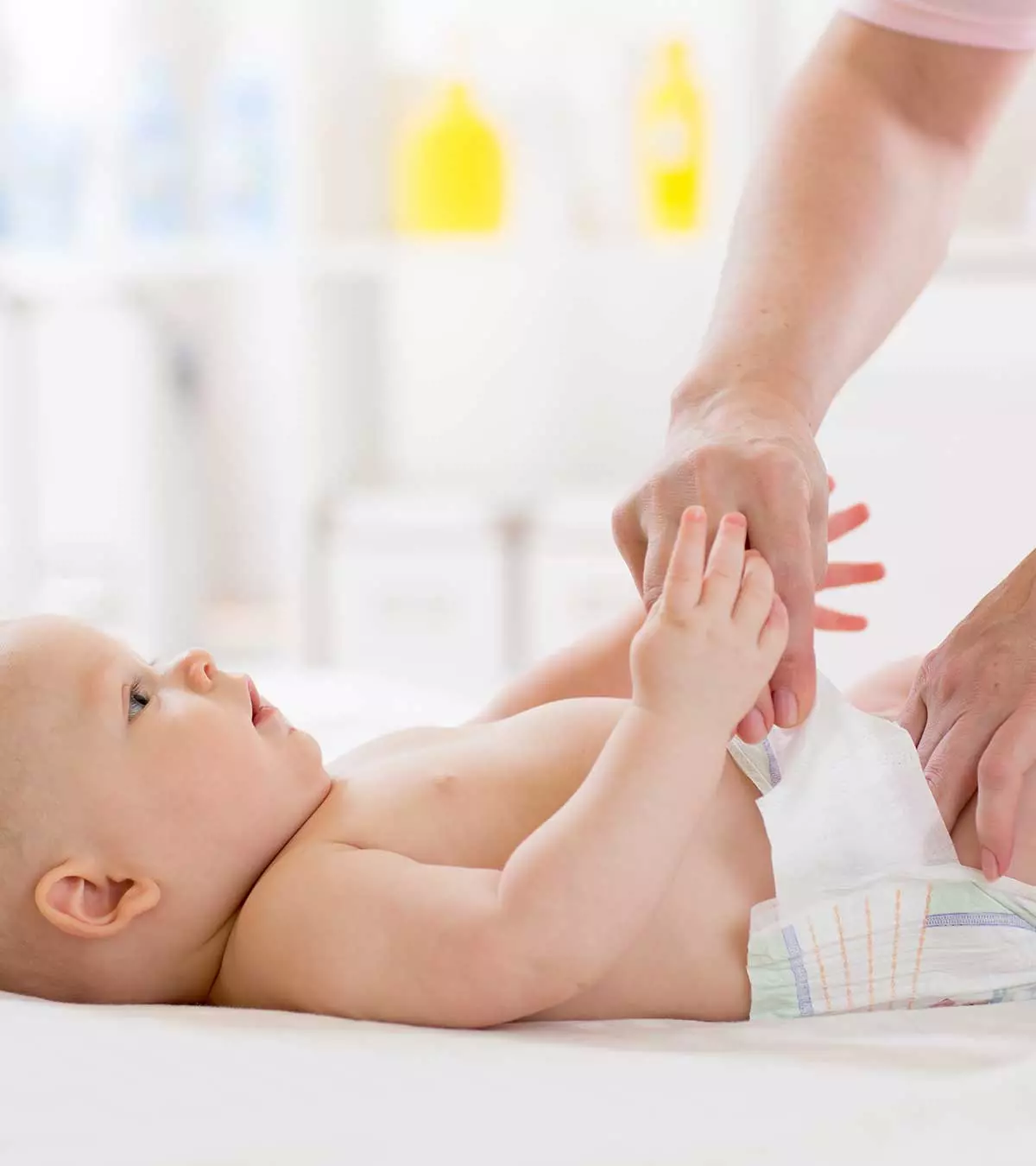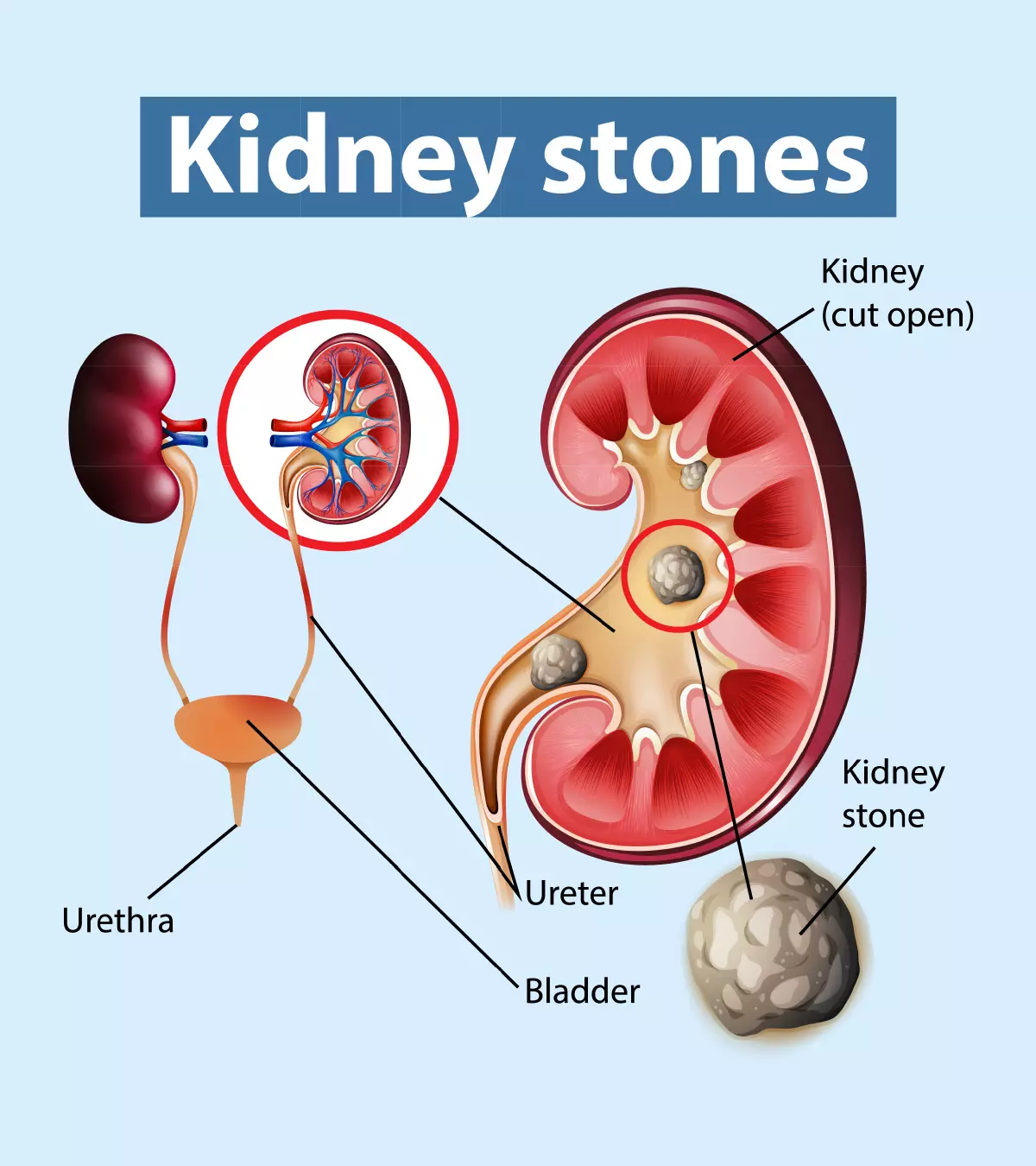PhD, MD

Dr. Nikolina Zdraveska is a pediatrician, educator and a researcher, with around 15 years in the field. Currently, she is working at University Children Hospital in Skopje, Macedonia. Dr. Zdraveska has received her medical degree from the Medical Faculty of Skopje in her native Macedonia and completed Residency Training at University Children’s Hospital in Skopje.
She is attending physician at the Department of Neonatology for ten years and is Assistant Professor at Chair of Pediatrics, Medical Faculty, University in Skopje. She received a PhD for the thesis "Congenital hypothyroidism detected on neonatal screening to the final diagnosis and assessment for the need of permanent therapy" in 2018.
Dr. Zdraveska has active participation in activities related to pediatrics, neonatology and endocrinology. She has numerous presentations at international meetings, as well as first authored publications in high impact peer reviewed journals. In 2018 she received an award for Pediatrics at 5th Medis International Awards for Medical Research-International competition for publishing significant papers in highly ranked journals. She established collaboration and project with University of Cambridge (molecular characterization of congenital hypothyroidism in Macedonia) and Brown University, USA (Fulbright postdoctoral).
MomJunction believes in providing the most accurate content to its readers. Hence we get our articles reviewed by highly skilled experts in the relevant fields. The articles are reviewed to ensure their authenticity, factual correctness, and relevance. The board members also add inputs drawn from their years of experience. Learn more about our medical review board.
